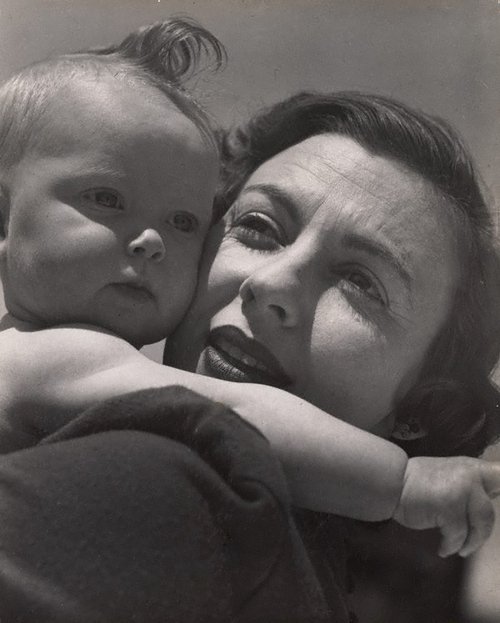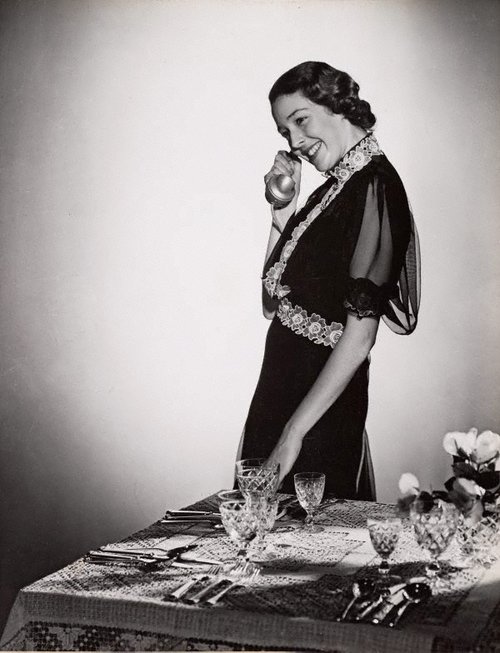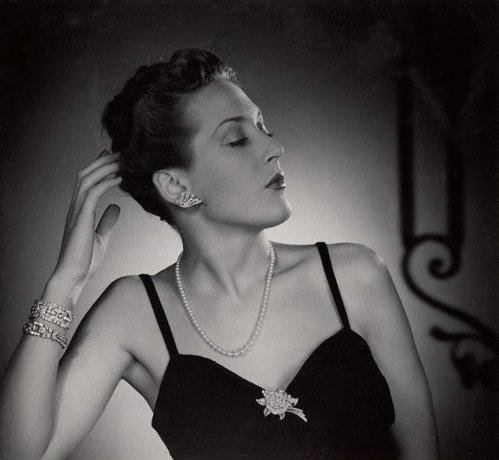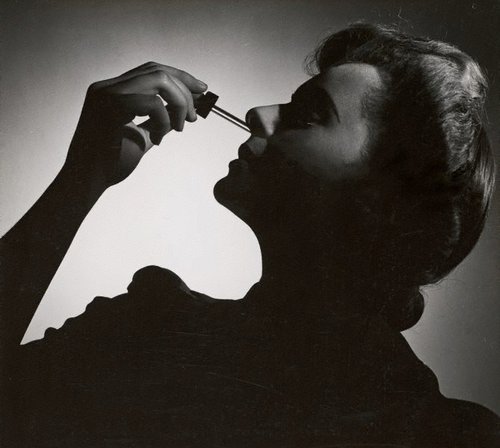Title
Concrete support beams (Sydney Opera House)
1962, printed later
Artist
-
Details
- Date
- 1962, printed later
- Media category
- Photograph
- Materials used
- gelatin silver photograph
- Dimensions
- 56.9 x 44.6 cm image; 60.7 x 50.7 cm sheet
- Signature & date
Signed and dated c. verso, pencil "...1962/ Max Dupain" Dated u.r. verso, pencil "Oct '62".
- Credit
- Purchased 1984
- Location
- Not on display
- Accession number
- 77.1984
- Copyright
- © Estate of Max Dupain/Copyright Agency
- Artist information
-
Max Dupain
Works in the collection
- Share
-
-
About
In the late 1940s Dupain increasingly specialised in architectural photography and photo-documentary. He chose to work outdoors rather than in the studio in order to capitalise on the bright Australian light, wishing to show ‘a thing clearly and simply’.1 Dupain developed a longstanding working relationship with modernist architect Harry Seidler after Seidler’s arrival in Sydney in 1948, and in the 1960s and 1970s he documented the building of the Sydney Opera House.
‘Concrete support beams (Sydney Opera House)’ is a severely formal image emphasising the power of material and the soaring structure of the building. The lines of the concrete darken towards the viewer and the light is caught head-on streaming in at a distance. The only disturbances are the variable marks on the concrete and the small form of a worker in the distance silhouetted against the light. The workman further emphasises the monumentality of the structure and is an important counterpoint – the opera house was made by workers such as this man. The low vantage point in ‘Concrete support beams (Sydney Opera House)’ harks back to ‘Pyrmont silos’ 1933 and ‘Sunbaker’ 1937, but the use of light is more complex and a sense of the essence of form is more forcefully presented.
By the 1960s Dupain’s photography had completely eschewed the experimentation of the early years and moved on from his more socially engaged postwar years. Dupain, like David Moore, was able to access more information on American modernists in the late 1940s and into the 1950s, particularly people such as Edward Weston whose interest in distilling visual and emotional experience struck a chord in different ways with both photographers.2
1. Dupain M quoted in Ennis H 1991, ‘Max Dupain: photographs’, Australian National Gallery, Canberra p 6
2. Newton G 1980, ‘Max Dupain’, David Ell Press, Sydney pp 35-36© Art Gallery of New South Wales Photography Collection Handbook, 2007
-
Exhibition history
Shown in 3 exhibitions
Sydney Opera House tenth anniversary, Art Gallery of New South Wales, Sydney, 31 Dec 1982–31 Jan 1983
Metropolis, Museum of Sydney, Sydney, 18 Dec 1999–02 Apr 2000
Australian postwar photodocumentary, Art Gallery of New South Wales, Sydney, 12 Jun 2004–08 Aug 2004
-
Bibliography
Referenced in 4 publications
-
Judy Annear, Photography: Art Gallery of New South Wales Collection, 'Australian modernism', pg.131-149, Sydney, 2007, 134 (illus.), 148 (illus.).
-
Natasha Bullock, Australian postwar photodocumentary, Sydney, 2004. no catalogue numbers
-
Peter Emmett, Sydney: metropolis, suburb, harbour, 'Metropolis', pg. 13-70, Glebe, 2000, 67 (illus.).
-
Ursula Prunster, Sydney Opera House tenth anniversary, Sydney, 1982.
-




